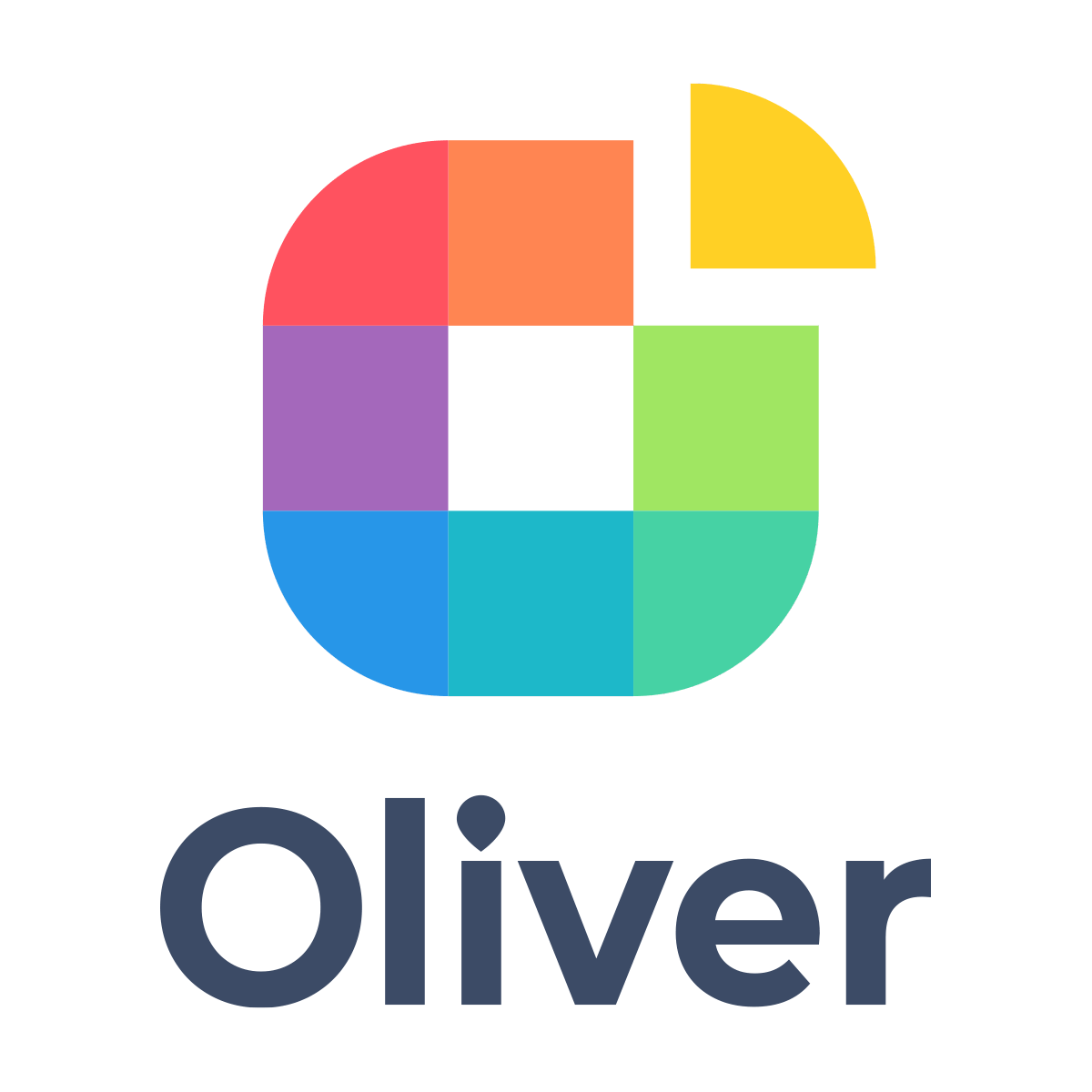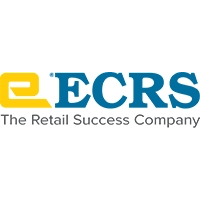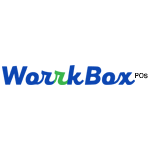Description

Cartface

myBillBook
Comprehensive Overview: Cartface vs myBillBook
Cartface and myBillBook are distinct software products designed to cater to different aspects of business operations, particularly in the domain of digital commerce and business management. Here's a comprehensive overview of both:
a) Primary Functions and Target Markets
Cartface:
-
Primary Functions: Cartface is primarily an e-commerce platform designed to help businesses create and manage online stores. Its functions include creating product catalogs, managing orders, handling inventory, processing payments, and providing marketing tools. The platform might also offer analytical tools to help businesses understand consumer behavior and optimize sales strategies.
-
Target Markets: Cartface targets small to medium-sized businesses (SMBs) and entrepreneurs looking to establish an online presence without investing heavily in technical infrastructure. It is suitable for a variety of sectors, including retail, fashion, electronics, and more.
myBillBook:
-
Primary Functions: myBillBook is a business management software focusing on billing, invoicing, and accounting solutions. It offers features such as GST billing, inventory management, expense tracking, and financial reporting. It aims to simplify business operations by automating routine tasks.
-
Target Markets: myBillBook targets small and medium-sized enterprises (SMEs), retailers, wholesalers, distributors, and service providers who require an efficient system to manage invoices and financial records easily.
b) Market Share and User Base
Cartface:
In terms of market share, Cartface competes with other popular e-commerce platforms like Shopify, Wix, and BigCommerce. While specific market share data might not be readily available, platforms like Cartface generally focus on niches that require customizable solutions for online selling.
myBillBook:
myBillBook operates in a market with other invoicing and billing solutions like Tally, QuickBooks, and Zoho Books. It has gained traction in India, especially due to its emphasis on GST compliance and ease of use, aiming at businesses transitioning from traditional bookkeeping to digital solutions.
c) Key Differentiating Factors
Cartface:
- Customization and Flexibility: Offers more tailor-made solutions for businesses with specific e-commerce needs.
- Marketing Tools: May provide built-in marketing and SEO tools to help businesses increase online visibility.
- Integration Capabilities: Can be integrated with various payment gateways and third-party tools, though the depth of integration may vary.
myBillBook:
- Local Market Focus: Strong emphasis on Indian market needs, particularly GST compliance, making it highly relevant for local businesses.
- Ease of Use: Designed with simplicity in mind, it's accessible to users without a background in accounting or finance.
- Mobile Accessibility: Provides mobile solutions for business owners who need to manage operations on the go.
- Automation: Automated processes for routine financial tasks can greatly reduce administrative burdens.
Conclusion
While Cartface and myBillBook serve different primary functions, both are crucial for businesses aiming to enhance their operational efficiency and market presence. Cartface empowers businesses to sell online with robust e-commerce tools, whereas myBillBook enhances business management through streamlined billing and financial processes. Their success and adoption largely depend on their ability to meet the nuanced demands of their target markets.
Contact Info

Year founded :
2015
Not Available
Not Available
India
http://www.linkedin.com/company/cartface-technologies-pvt.-ltd.

Year founded :
Not Available
Not Available
Not Available
Not Available
Not Available
Feature Similarity Breakdown: Cartface, myBillBook
To provide a comprehensive feature similarity breakdown for Cartface and myBillBook, let's approach it part by part:
a) Core Features in Common
Both Cartface and myBillBook are digital platforms aimed at enhancing business operations, particularly for small to medium enterprises. Here are some core features they likely share:
-
Inventory Management: Both solutions offer tools to manage your product inventories, track stock levels, and generate alerts for low stock.
-
Billing & Invoicing: They provide features for creating, sending, and managing invoices, as well as supporting various billing methods.
-
Customer Management: Both platforms include a database to store and manage customer information, facilitating better customer relationship management.
-
Sales Tracking: They offer functionalities to monitor sales performance with detailed reports and analytics.
-
GST & Tax Calculations: Automated tax computation tools are included to ensure compliance with local tax laws, including GST for users in India.
b) User Interface Comparison
While I don't have direct screenshots or visuals, I can offer a general comparison based on typical design principles:
-
Cartface UI: Cartface might have a more commerce-specific outlook with features tailored towards retail businesses. It could offer a dashboard that emphasizes product images and sales metrics prominently.
-
myBillBook UI: Likely focuses on simplicity and ease of navigation, with clear tabs or sections for invoices, inventory, reports, and client management. Its design would aim to cater to a wide range of users, including those who are not very tech-savvy.
Both platforms are likely to prioritize user-friendly interfaces but may differ in terms of color schemes, layouts, and the organization of features based on their primary audience or use cases.
c) Unique Features
-
Cartface:
- E-commerce Integration: If Cartface is more focused on e-commerce, it might offer unique integrations with online marketplaces like Amazon or Shopify, providing tools for managing online sales and synchronizing inventory.
- Marketing Tools: Advanced marketing functionalities, such as email campaigns or promotional management, might be more robust in Cartface.
-
myBillBook:
- Localized Features for Indian Market: Special features catering to the Indian market, such as Tally integration, multi-language support, or specific compliance tools tailored for Indian businesses.
- Offline Mode: The ability to work offline, allowing businesses to continue operations without an internet connection.
Each product likely has its niche strengths based on the target market and primary use cases. For businesses looking for specific features, such as deep e-commerce integration or local tax compliance, one might be more suitable than the other.
Features

Not Available

Not Available
Best Fit Use Cases: Cartface, myBillBook
To assess the best fit use cases for Cartface and myBillBook, let's delve into the strengths and features each solution offers, and how they can be applied effectively to different business contexts.
Cartface
a) Cartface is best suited for:
-
E-commerce Businesses: Cartface likely provides tools tailored to building and managing online stores with features such as website design templates, product management, inventory integration, and secure payment gateways.
-
Retail Companies: Retail businesses wanting to expand their physical presence to an online platform can benefit from Cartface’s ability to handle multi-channel sales and customer engagement.
-
Small to Medium Enterprises (SMEs): SMEs looking to venture into or enhance their digital presence can use Cartface for its balance of comprehensiveness and user-friendliness without needing a large IT infrastructure.
-
Startups: Startups with limited resources but a strong desire to scale their operations quickly might find Cartface’s potentially quick setup and scalability advantageous.
myBillBook
b) myBillBook is preferred for:
-
Small and Medium-Sized Enterprises: Specifically, those needing efficient and user-friendly billing and invoicing software to manage everyday financial transactions and inventory without the complexity of more extensive systems.
-
Service Providers: Freelancers and service-based businesses might prefer myBillBook for its straightforward invoicing, GST compliance, and expense tracking capabilities.
-
Local Businesses: Traders, distributors, and local retailers can leverage myBillBook for basic accounting, inventory management, and billing needs, facilitating GST compliance and streamlining operations.
-
Non-E-commerce Ventures: Companies outside the realm of e-commerce that still require robust invoicing and billing features without the overhead of a full online sales platform may find myBillBook to be a targeted solution.
Industry Vertical and Company Size Adaptability
Cartface:
-
Industry Verticals: Predominantly serves industries like retail, fashion, electronics, and other consumer goods sectors where setting up an e-commerce platform is essential.
-
Company Sizes: Cartface is flexible enough to support small startups through its user-friendly interfaces and scalability, while also accommodating large businesses with advanced features to handle increased traffic and sales operations.
myBillBook:
-
Industry Verticals: Generally favored by industries revolving around invoicing and inventory management like logistics, wholesale, and small-scale manufacturing, where the focus is more on managing sales and tax compliance rather than setting up an e-commerce platform.
-
Company Sizes: Primarily targets small to medium-sized enterprises looking for efficient and affordable solutions for billing, inventory, and GST management, without the need for extensive IT resources or support staff.
In summary, while Cartface is ideal for businesses aiming to establish or enhance their online sales capabilities, myBillBook excels in simplifying billing, invoicing, and inventory tasks for service-oriented and non-e-commerce businesses. Both products cater to different industries and company sizes by providing specialized solutions that address unique business challenges and objectives.
Pricing

Pricing Not Available

Pricing Not Available
Metrics History
Metrics History
Comparing teamSize across companies
Conclusion & Final Verdict: Cartface vs myBillBook
Conclusion and Final Verdict for Cartface vs. myBillBook
Based on a comprehensive analysis of both Cartface and myBillBook, this conclusion will highlight which product offers the best overall value, the pros and cons of each, and specific recommendations for potential users.
a) Best Overall Value
When considering the best overall value, it's crucial to evaluate the core functionalities, pricing, user experience, customer support, and adaptability to business needs.
- Cartface generally provides a robust e-commerce platform ideal for businesses looking to streamline online sales, with features like multi-channel integration, inventory management, and payment processing.
- myBillBook, on the other hand, is a comprehensive billing and invoicing software tailored for small to medium-sized businesses that need efficient accounting, GST compliance, and detailed financial reporting.
Final Verdict: myBillBook offers the best overall value for small businesses focused on financial management and invoicing needs, while Cartface is better suited for businesses prioritizing e-commerce functionalities.
b) Pros and Cons
Cartface
-
Pros:
- Comprehensive e-commerce tools for multi-channel sales.
- Integration with popular payment gateways and platforms.
- Detailed analytics and reporting for sales performance.
-
Cons:
- Can be complex for users primarily seeking simple billing solutions.
- May entail higher costs for additional plugins or features.
myBillBook
-
Pros:
- User-friendly interface suitable for non-tech-savvy users.
- Strong focus on invoicing, billing, and GST compliance.
- Affordable pricing, particularly for small businesses with minimal e-commerce needs.
-
Cons:
- Limited e-commerce functionalities compared to Cartface.
- Fewer customization options for online store management.
c) Specific Recommendations
For users deciding between Cartface and myBillBook, consider the following recommendations:
-
Business Focus:
- Choose Cartface if your primary need is a feature-rich platform that supports extensive e-commerce operations and multi-channel sales.
- Opt for myBillBook if your business needs prioritize accounting, invoicing, and simplified financial management.
-
Budget Considerations:
- Evaluate your budget and determine whether the additional e-commerce functionalities of Cartface warrant the higher potential costs compared to the more budget-friendly myBillBook.
-
Scalability and Growth:
- If you anticipate rapid growth in e-commerce sales channels, Cartface might provide the scalability your business needs.
- For businesses primarily focused on local sales with plans to expand financial tracking abilities, myBillBook will be more aligned with those goals.
In summary, the best choice between Cartface and myBillBook depends on the specific needs and priorities of your business. Evaluate your current and future business objectives, and choose the product that best aligns with your strategic goals.
Add to compare
Add similar companies




